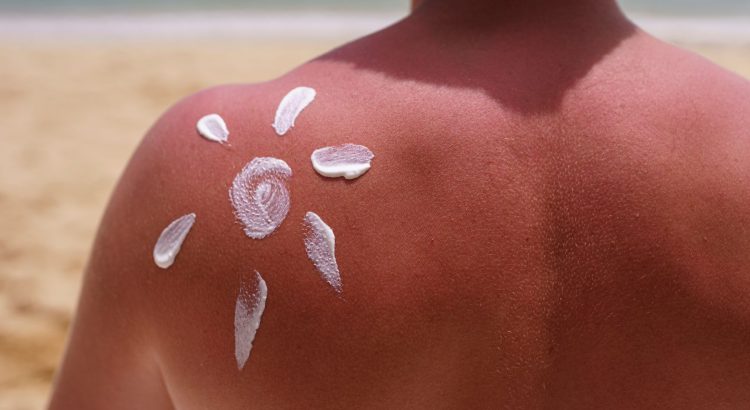The weather is warmer, and the days are longer—perfect for spending days enjoying outdoor activities such as going for walks, watching baseball games, swimming, boating, fishing and gardening to name a few. More time outside means more exposure to UVA and UVB sunlight, and a greater risk for a bad sunburn without proper precautions.
The best thing, of course, is not to get a sunburn at all, but mistakes happen. Some sunburns are mild, and others can require medical attention.
Here are the things you should know if you do find yourself with a sunburn:
- When you feel your skin burning or see redness, it’s time to act. Your DNA is being damaged, and the inflammatory process has begun. The only way to lessen the damage to DNA and skin cells is to get out of the sun. Going inside is the best option, but if that is not possible, at least seek shade, reapply your sunblock and cover up with sun-blocking clothing. Remember that not all clothing will block the harmful rays equally, and that a shady umbrella will do nothing to protect you from the harmful UV rays reflected off water and sand.
- To relieve the discomfort from sunburn, take a cool shower or apply a cool damp washcloth and gently pat dry your skin. Do not apply alcohol; while this may feel cooling, it will dry out the skin. Using an aloe product directly on the skin will help retain moisture (try placing it in the refrigerator before applying for added relief). Calamine lotion will also help with the painful inflammation. A soak in a lukewarm bath with one cup of very finely ground oatmeal added may also provide comfort.
- Do not apply ice, butter, vinegar, toothpaste or petroleum jelly to burns, as these can further damage skin and prevent healing.
- Over the counter non-steroidal anti-inflammatories taken by mouth can help with the pain and inflammation as well. Be sure you are not allergic to any of the ingredients in these products and follow the directions on the packaging.
- Sunburn draws the fluid in your body to the damaged skin to aid the healing process. Be sure to drink adequate water to prevent dehydration. If your sunburn blisters, do not break the blisters. This is the body’s protective healing mechanism that keeps new skin moist while healing a second-degree sunburn. Exposing the broken skin may lead to serious infection and delayed healing. Covering blisters and open areas with non-stick dressings is helpful in protection, healing and infection prevention.
Medical attention is not usually necessary in most sunburns. However, some serious sunburns can result in dehydration, fever, infection and severe pain, including eye pain.
Sunburns may also complicate conditions such as diabetes (raising blood sugar). When in doubt, seek the advice of your healthcare provider or urgent care facility.
Christina McGann, RN, is a nurse educator in the Tevis Center for Wellness.
Sources: American Academy of Dermatology, Burn and Reconstructive Centers of America, Photokeratosis, Cleveland Clinic
